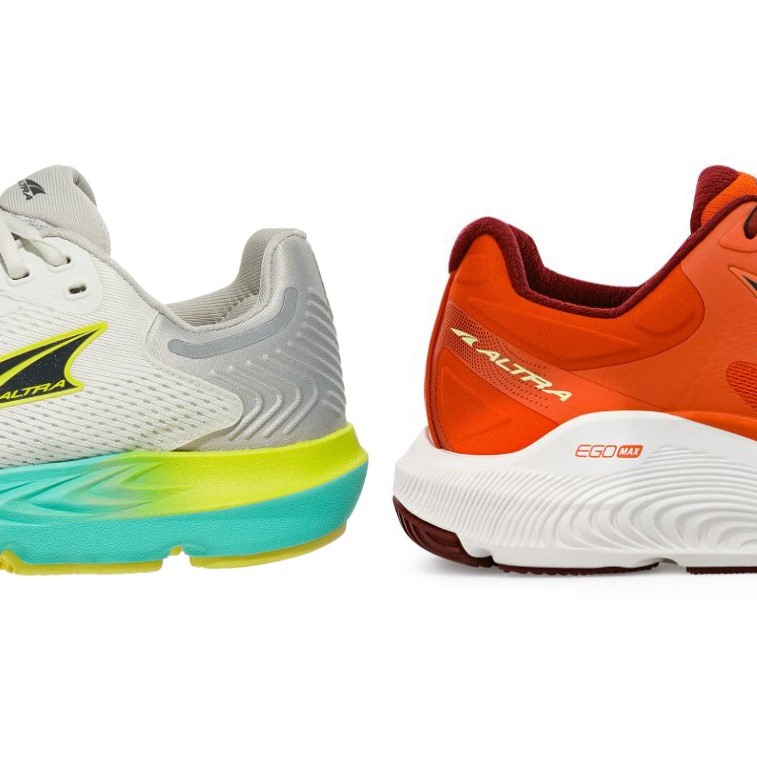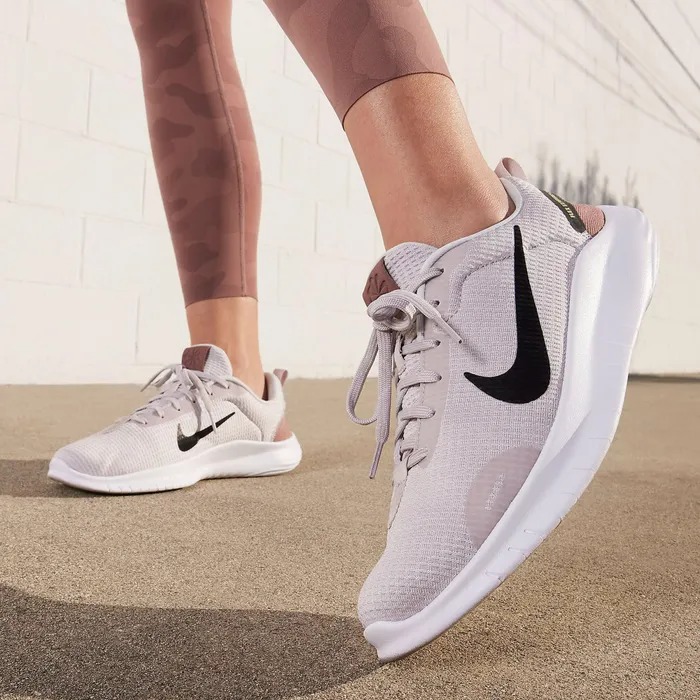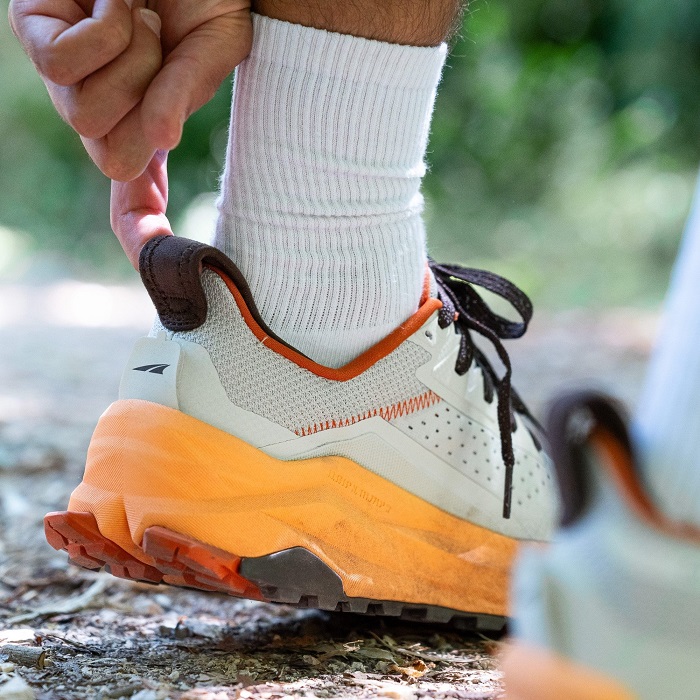Choosing the right footwear is crucial for any runner, and zero drop running shoes have garnered attention for their unique design and benefits. Zero drop shoes maintain a level platform from heel to toe, promoting a more natural running style. In this guide, we will explore the best zero drop running shoes available, their benefits, key features to consider when choosing a pair, popular brands, tips for transitioning to zero drop shoes, and comparisons with traditional running shoes. Understanding these aspects will help you make an informed decision that suits your running needs.
Benefits of Zero Drop Running Shoes
Understanding the benefits of zero drop running shoes is essential when considering a new pair. These shoes offer several advantages:
- Natural Running Mechanics: Zero drop shoes encourage a midfoot or forefoot strike, which can reduce the impact on joints and promote more efficient running biomechanics. This natural stance mimics barefoot running, allowing your feet to flex and function as intended.
- Improved Posture: By maintaining a level base, zero drop shoes can help promote better posture while running. This alignment encourages a more upright position, which can lead to reduced fatigue and neck and back pain.
- Strengthened Foot Muscles: Running in zero drop shoes promotes the engagement of small stabilizing muscles in your feet. Over time, this can help strengthen your feet and lower legs, potentially decreasing the risk of injuries associated with weak foot muscles.
- Enhanced Ground Feel: Many runners enjoy the increased ground contact offered by zero drop shoes. This design allows for greater sensory feedback from the ground, enhancing balance and control during runs.
Key Features to Look for

When searching for the best zero drop running shoes, there are several key features to consider:
- Cushioning Levels: While zero drop shoes maintain a flat sole, cushioning varies significantly between models. Depending on your preferences and running style, look for shoes that provide adequate cushioning to absorb impact without sacrificing ground feel.
- Fit and Comfort: Ensuring a proper fit is crucial for any running shoe, but especially for zero drop models. Look for shoes that comfortably hug your foot and provide ample room in the toe box to prevent discomfort during long runs.
- Weight of the Shoe: Many runners prefer lightweight options for a more responsive feel. When evaluating the running shoes, pay attention to the weight of the shoe, as lighter models can enhance speed and reduce fatigue over longer distances.
- Outsole Material and Durability: The outsole material is vital for traction and durability. Consider the terrain where you’ll be running and opt for shoe outsoles designed for either road or trail conditions. Quality rubber outsoles can withstand wear and provide reliable grip.
Popular Brands
Several brands have gained recognition for producing high-quality shoes. Here are a few notable options:
- Altra: Renowned for its signature FootShape toe box and balanced cushioning, Altra offers a variety of zero drop running shoes designed for different types of runners. Their models enhance comfort while ensuring proper foot alignment.
- Topo Athletic: Topo shoes feature a unique combination of a roomy toe box and a low drop, making them ideal for those looking for a blend of comfort and performance. They are suitable for both road and trail running.
- Barefoot Running Shoes: Several brands specialize in minimalist and barefoot-style footwear that promote zero drop technology. Brands like Vibram and Merrell offer options that encourage a natural running experience while maintaining a lower profile.
- New Balance: Catering to a diverse audience, New Balance has introduced zero drop models that blend traditional design with modern features. Their shoes focus on comfort and performance, making them a popular choice among various runners.
Tips for Transitioning to Zero Drop Running Shoes
Transitioning to zero drop running shoes can improve your running form, but it’s essential to do so gradually. Here are some tips for a smoother transition:
- Start Slow: Begin by wearing your zero drop shoes for shorter distances to allow your feet and legs to adapt. Gradually increase your mileage in these shoes to prevent overuse injuries.
- Mix with Traditional Shoes: During your transition, consider alternating between zero drop and traditional running shoes. This approach can help your muscles adjust while allowing you to maintain comfort during runs.
- Focus on Form: Pay attention to your running form as you shift to zero drop shoes. Strive for a midfoot strike and maintain an upright posture. Being mindful of your technique will help reduce the risk of injuries.
- Listen to Your Body: It’s vital to listen to any signs of discomfort or pain during the transition. If you experience unusual soreness, take a break or limit your distance in the zero drop shoes until your body adapts.
Comparing Zero Drop Shoes with Traditional Running Shoes

Understanding the differences between zero drop shoes and traditional running shoes can help you make an informed purchase. Here are some key comparisons:
Design Principles
The fundamental design of shoes plays a significant role in how they affect running biomechanics, comfort, and injury prevention.
- Heel-to-Toe Drop: Traditional running shoes typically feature a raised heel, often referred to as having a heel-to-toe drop of anywhere from 6mm to 12mm. This design can promote a heel striking running style, which many runners use.
- Level Platform: In contrast, zero drop shoes maintain a level platform, meaning that the height of the heel and the forefoot is the same. This encourages a more natural running gait, allowing the foot to adopt a midfoot or forefoot strike.
- Cushioning and Flexibility: Traditional running shoes often prioritize cushioning, particularly in the heel region, providing a soft landing. Zero drop shoes may offer varying levels of cushioning, but they emphasize flexibility and ground feel, allowing for better foot movement and connection with the ground.
- Toe Box Shape: Many zero drop shoes feature a wider toe box that allows the toes to splay naturally. Traditional running shoes may have a more tapered toe box, which could restrict toe movement and lead to discomfort during long runs.
Making an Informed Decision
When comparing zero drop shoes with traditional running shoes, personal preference and running style are key factors in making the right choice. To make an informed decision:
- Evaluate Your Running Style: Consider whether you naturally stride on your heels or if you prefer a midfoot/forefoot strike. Understanding your running mechanics can help determine which shoe design complements your style.
- Identify Your Priorities: Assess what matters most to you in a running shoe. Is it cushioning, support, flexibility, or weight? Knowing your preferences will guide you toward the ideal shoe type.
- Gradual Transition: If you’re considering switching from traditional to zero drop shoes, remember to take it slow. Gradually increase your mileage and allow your body time to adjust to the new footwear to prevent injury.
- Consult with Professionals: Visiting a specialty running store may offer valuable insights. Trained staff can provide fitting services and help you identify which shoe type suits your specific needs best.
Maintenance Tips

To get the most out of your best zero drop running shoes, proper care and maintenance are important. Here are some straightforward tips:
- Keep Them Clean: Regularly clean your shoes to remove dirt and debris, especially if you’ve run on trails. A soft brush or cloth can help maintain the shoe material without causing damage.
- Air Them Out: After every run, allow your shoes to air out to prevent moisture buildup and odors. Avoid storing them in closed, humid areas to prolong their lifespan.
- Inspect Regularly: Periodically check the outsoles, upper materials, and laces for any signs of wear. Catching problems early can help you address them before they become major issues.
- Store Properly: When you’re not using your shoes, store them in a cool and dry place. Avoid placing heavy objects on top of them, as this can affect their shape and cushioning.
Final Thoughts
Finding the running shoes can significantly enhance your running experience. With benefits like improved mechanics, reduced impact, and natural foot movement, zero drop shoes have become popular among runners looking for lower-profile footwear. By considering key features, understanding different brands, and following tips for a successful transition, you can make an informed decision when selecting your next pair. Whether you prioritize cushioning, weight, or fit, there’s an option out there to suit your running style and needs. Embrace the transition into it, and you may discover a new way to enjoy your runs!



